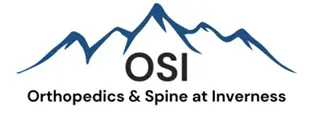Gait Modification
Arthritis is common after the age of 45 affecting 1 in 5 individuals. Knee arthritis can cause pain, limitation of movement, difficulty with routine activities, and financial burden. It has often been associated with excessive loading of the knee joint. The knee is divided into two compartments, the inner or medial compartment and the outer or lateral compartment. Walking causes excessive loading of the medial compartment, as a result, arthritis frequently affects the inner knee. Weight reduction is recommended to reduce the overall load on the knee joint, while gait modification has been shown to reduce uneven loading and alleviate pain.
Uneven knee loading is determined by measuring knee adduction moment (KAM) during gait, a force that tends to bend the knee such that the tibia moves towards the midline. The higher the KAM, the heavier the load placed on the medial compartment compared to the lateral compartment. Uneven loading is more prominent during the early and late stance phases of gait, while the foot is in contact with the ground.
Your doctor may advise gait modification to reduce the load on the medial compartment by minimizing KAM.The following modifications are recommended:
Toe-in gait: Internally rotating the foot causing the toes to point slightly inwards while walking. This kind of gait reduces KAM during the early stance phase.
Toe-out gait: Externally rotating the foot causing the toes to point slightly outwards while walking. This kind of gait reduces KAM during the late stance phase.
Increased trunk sway: Swaying the trunk while walking shifts the weight of the upper body to reduce KAM and subsequently the load on the medial compartment.
Knee medialization: Walking with your knees as close together also reduces uneven loading of the knee joint.




